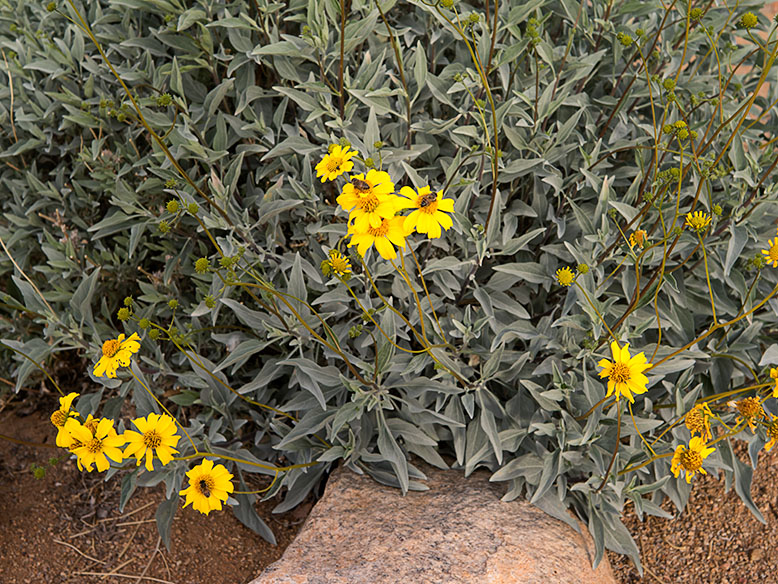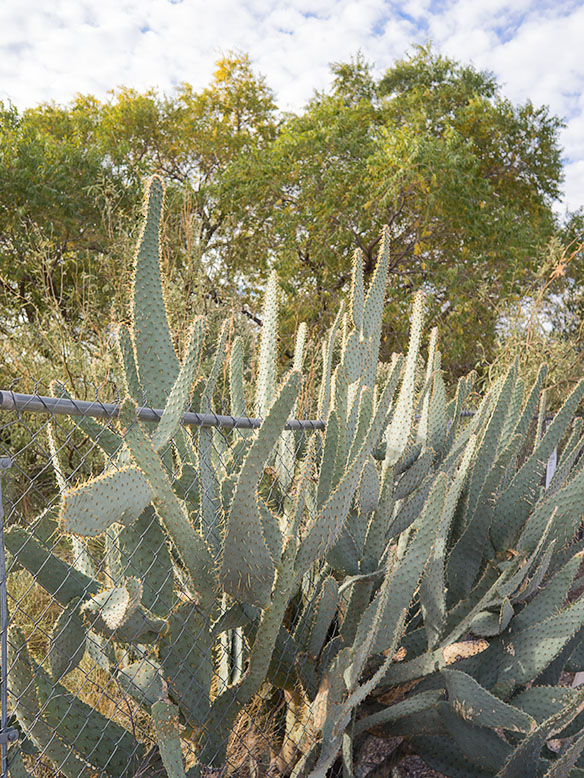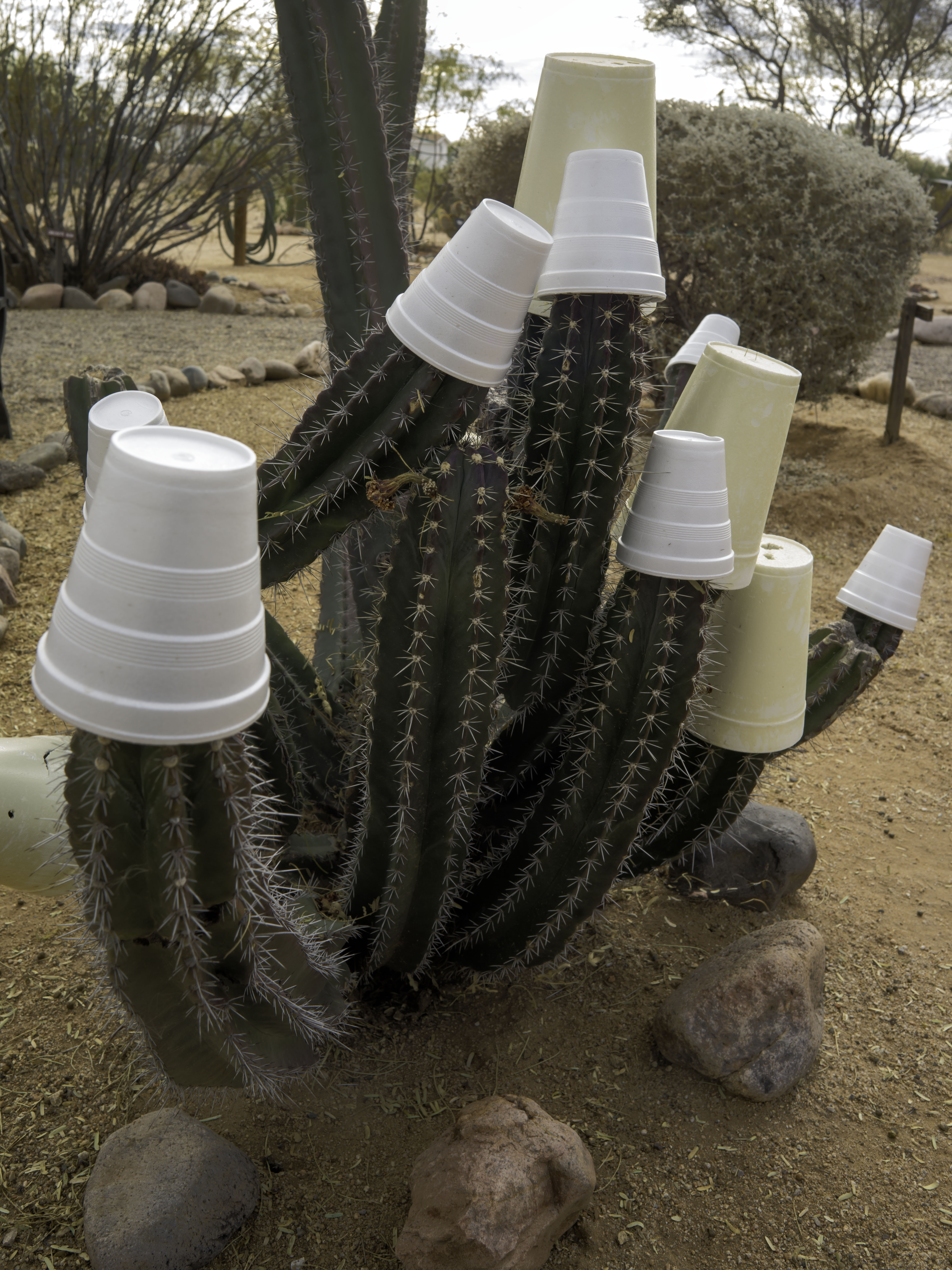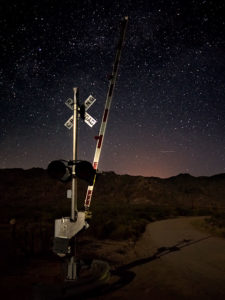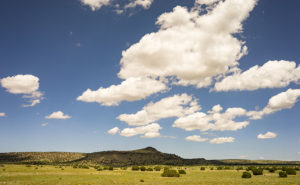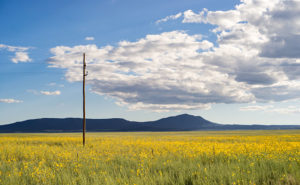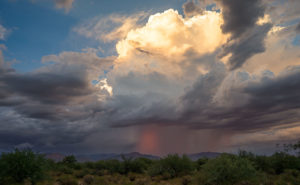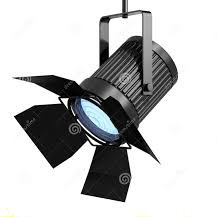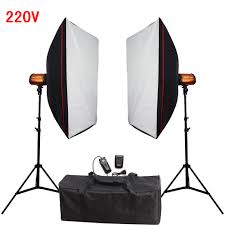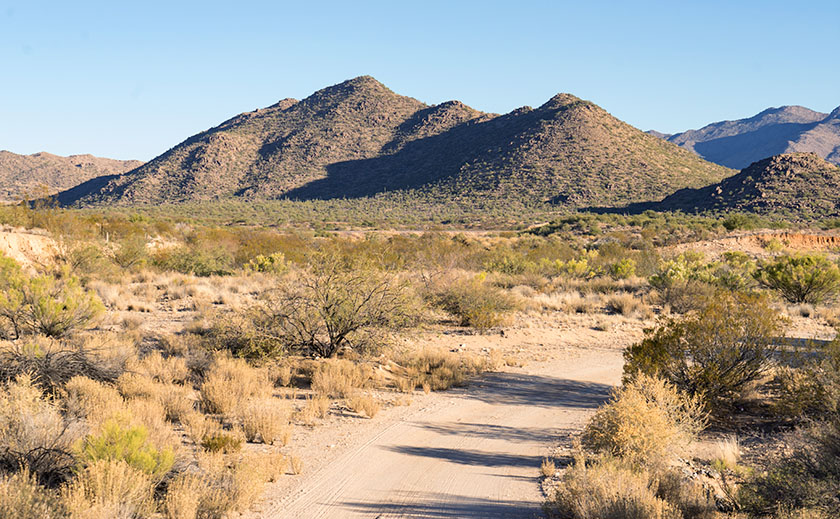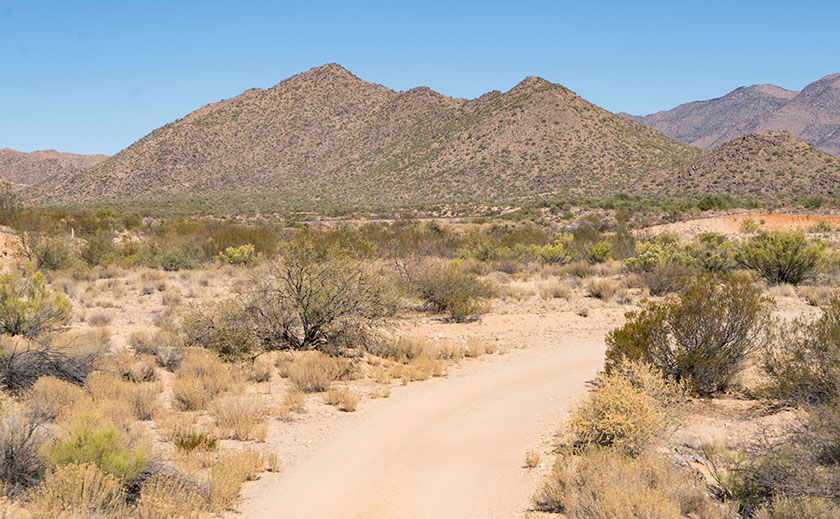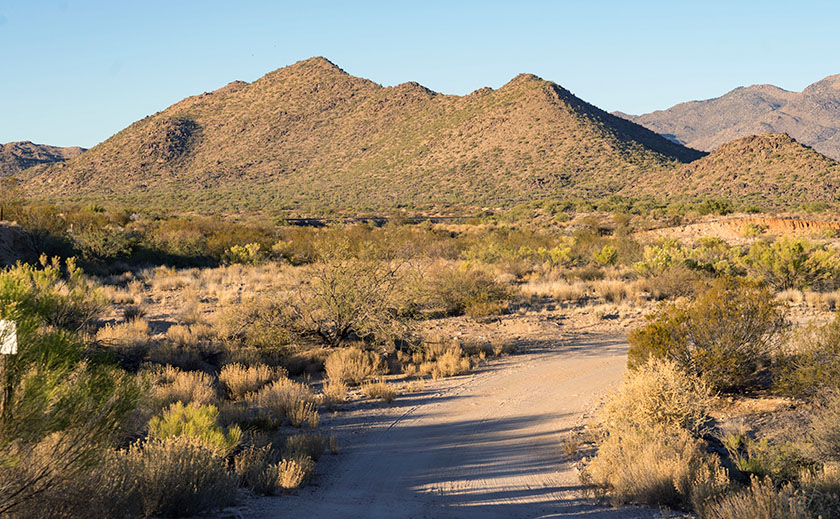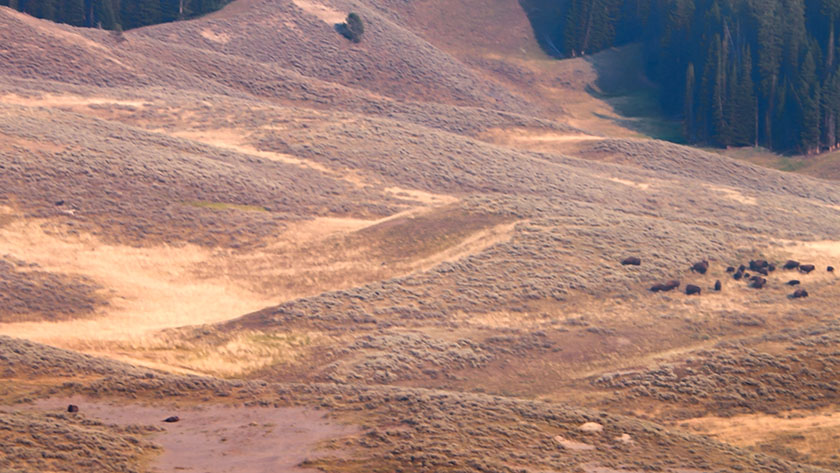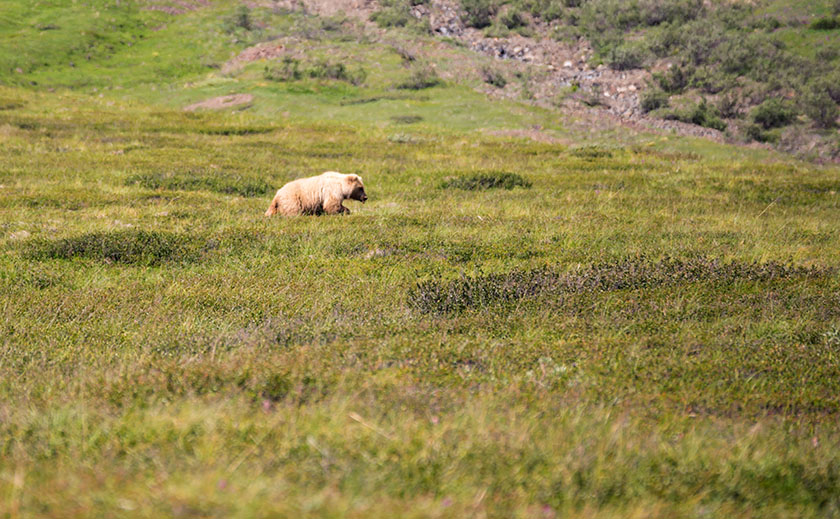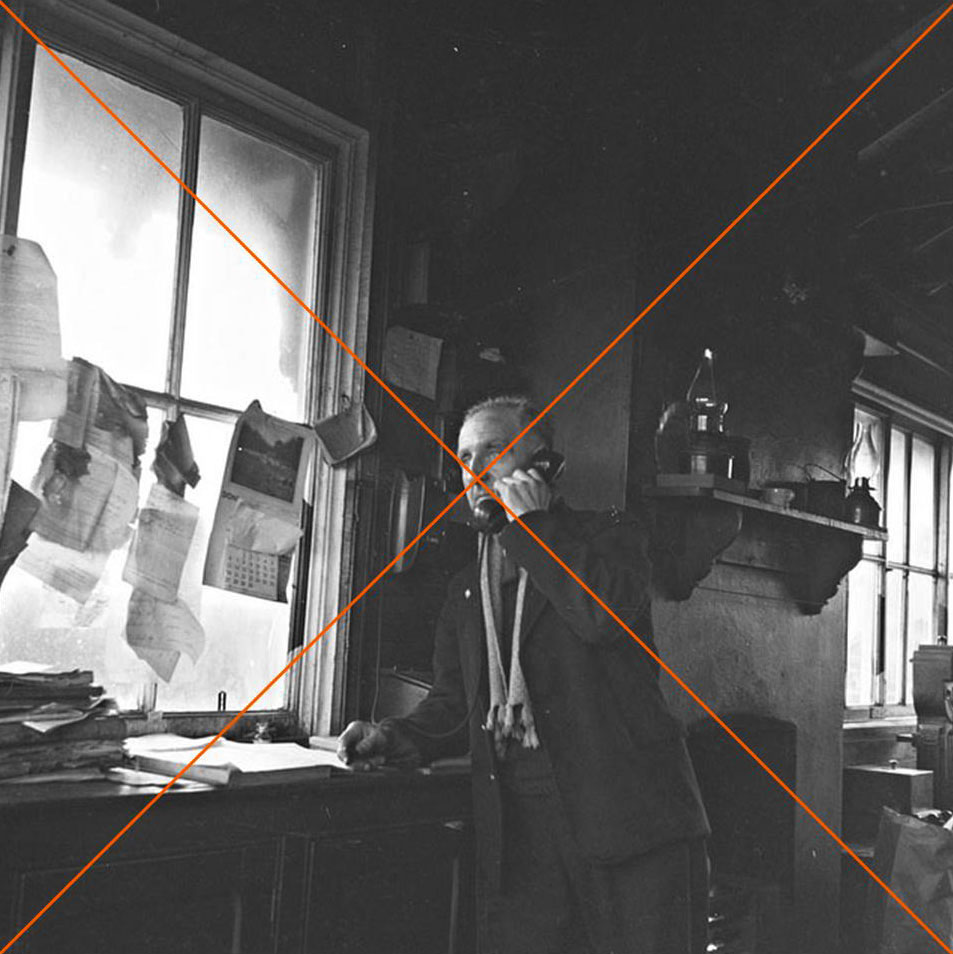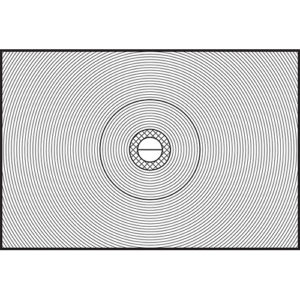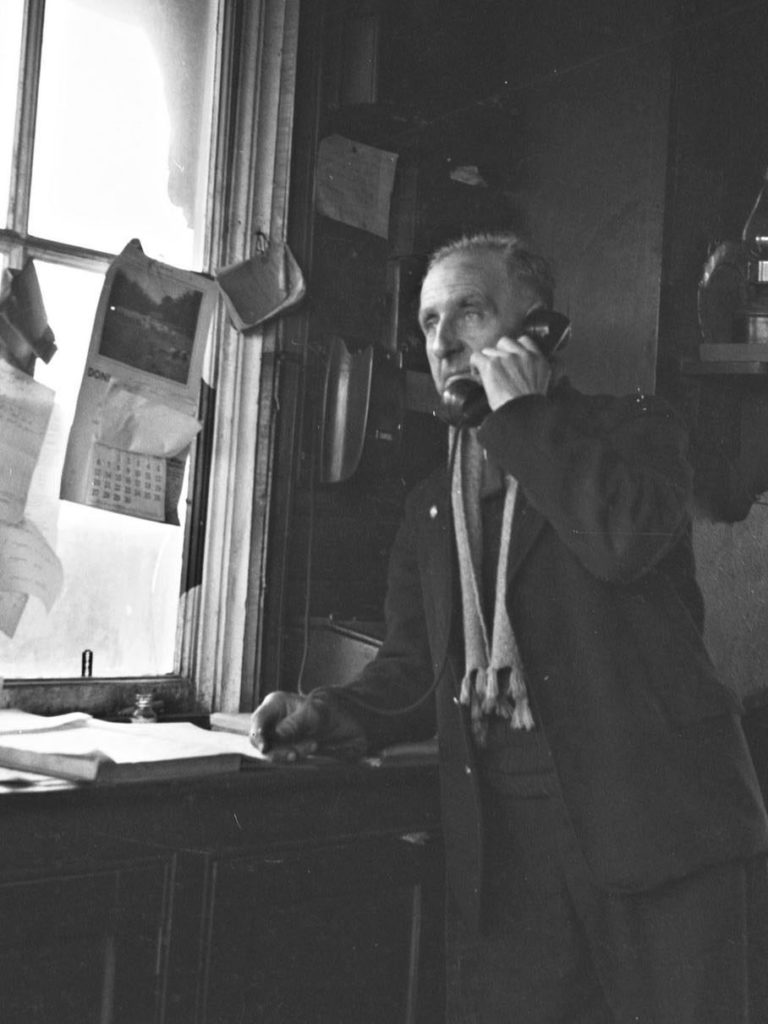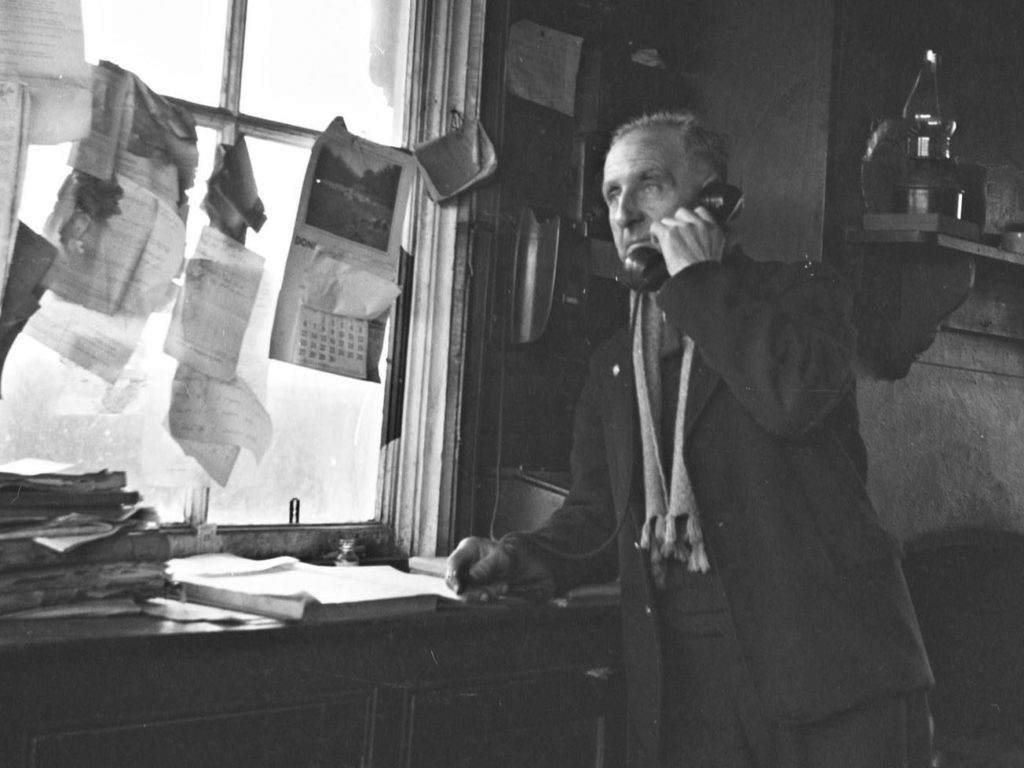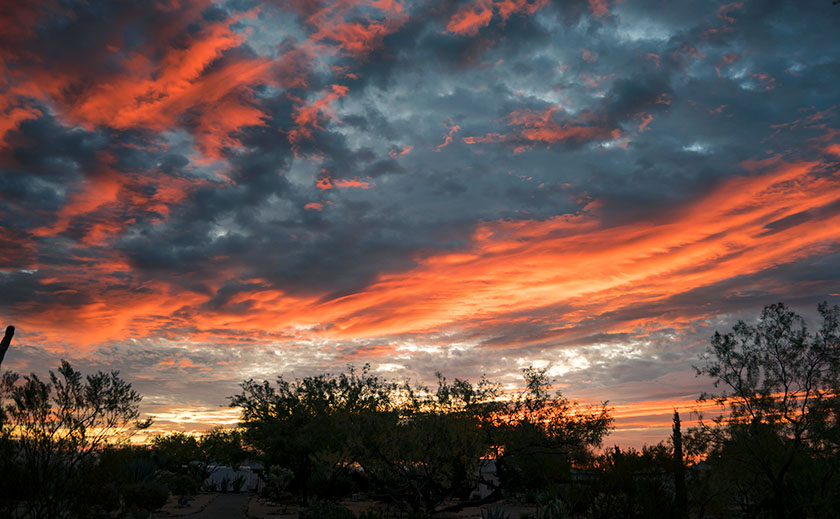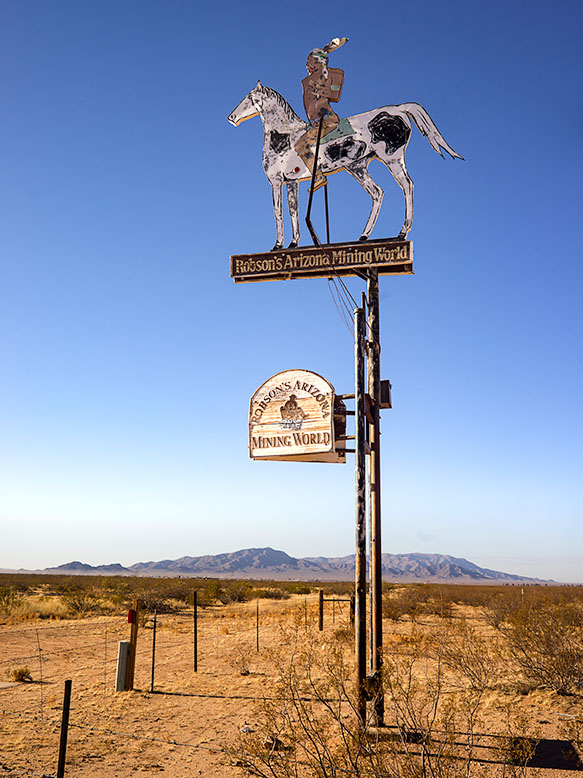
I grew up during the era of the TV cowboy. After dinner, my family would gather in the living room and watch shows like Gunsmoke, The Rifleman, Maverick, and Have Gun—Will Travel to name a few. My dad was a tyrant about the shows we watched and we kids were the remote. Maybe that’s the reason I—and perhaps all my generation—have a fascination with ghost towns. We grew up with Tombstone, Dodge, and Virginia City on our TVs, and vowed to visit them one day. Maybe we’re longing for a simpler time—when the good guy wore a white hat.
The ghost towns best known in Arizona are Jerome, Tombstone, and my favorite, Bisbee. All of these places have residents, so they’re not as much a ghost town as they are tourist traps. A mining town’s fortune is dependent on the mineral wealth removed from the ground. The town’s size correlates perfectly with the amount of ore; be it gold, silver or copper. As soon as the ore plays out, people move on to the next bonanza leaving the hovels and shacks they occupied behind. Without maintenance, those relics soon rot or they’re repurposed for sheds, outhouses, or worst of all, firewood. Most often, when you visit a ghost town, the only things you find are a slab or wall. There’s not much interesting left to photograph. Fortunately, there are exceptions where a state or county government acquired and preserved the scene as a park, such as Bodie and Calico in California.
Yavapai County, where Queen Anne and I live, has its share of Ghost Towns—including Jerome—the most famous. Most of the old sites are high in the Bradshaw Mountains, but mining towns are scattered throughout all the Yavapai mountain ranges; including Congress—our hometown. It wasn’t until we moved here a couple of years ago that I learned about the best ghost town ever, and it’s a mere fifteen miles down the road tucked into the south-eastern flank of the Harcuvar Range.
Travel west on Highway US 60 and Aguila is the first small farm community you’ll come to. The name is Spanish for Eagle derived from the eagle-shaped window in the low mountain overlooking the town’s cemetery. The western terminus of Arizona State Route 71 is a mile east of Aguila, and that’s the short-cut you take if you’re heading northeast to Congress or Prescott from California. Just before the road crosses the Maricopa-Yavapai County line is a sign with a bullet-riddled Indian riding a pinto horse. The sign is for Robson’s Mining World—the ghost town you can see at the mountain base. It’s a mining town that no one ever lived in, but has an interesting story nevertheless.
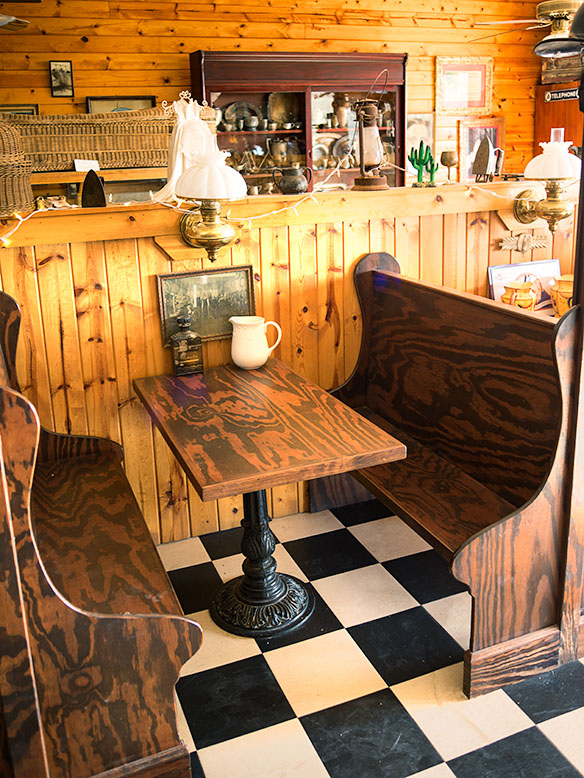
The gold mine at the end of the trail was first claimed in 1917 by Westley Rush, an Aguila melon farmer. Rush’s two daughters—Nella and Alameda, for whom the Nella-Meda gold mine was named—managed to hand dig through the first 115 feet of solid rock before Ned Creighton—a Phoenix banker—bought the claim in 1924. Ned hired a crew to work the mine, and over decades he expanded the claim to its present size. His crew worked until World War II when the Feds shut down all private mines. The mining engineer, Harold Mason, stayed on as caretaker and eventually got the property deed after Ned passed.
After the war, Charles Robson was building his fortune by farming, running the Saguaro motel in Aguila, and hustling the health benefits of his local bee pollen. Harold and Charley became acquaintances when Mason let Robson place hives at the mine. There were minerals around the mine that made the bee pollen exceptional and the bees deterred poachers. That informal partnership lasted until 1979 when Charlie bought the mine from the aging Mason. Robson had bigger plans for the place.
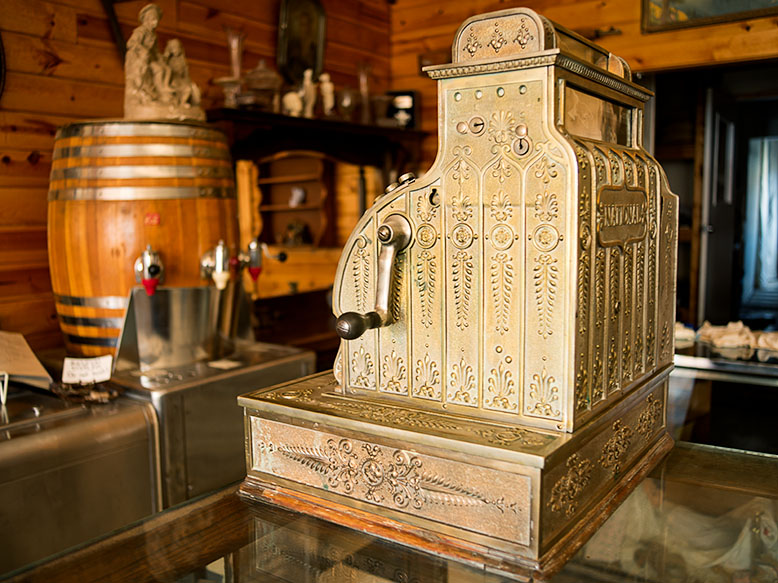
Meanwhile, in 1922, Wilber T. Johnson migrated from Missouri to Apache Junction—a community east of Phoenix at the foot of the Superstition Mountains—so he could work in the mines. In 1930, Wilber traded his pick and shovel for an engineering degree from the University of Arizona which made him a highly valued employee. Now we’d call Wilber a hoarder because he collected mine junk—lots of mine junk—for the next fifty years. Johnson got his stash from abandoned mines in the Superstition Mountains, the Mazatzal Mountains, and other mines east of Phoenix and because of its size, his collection wasn’t a big secret. He reputedly turned down a multi-million-dollar offer from Disneyland Tokyo because he knew that they cherry pick the best and discard the rest.
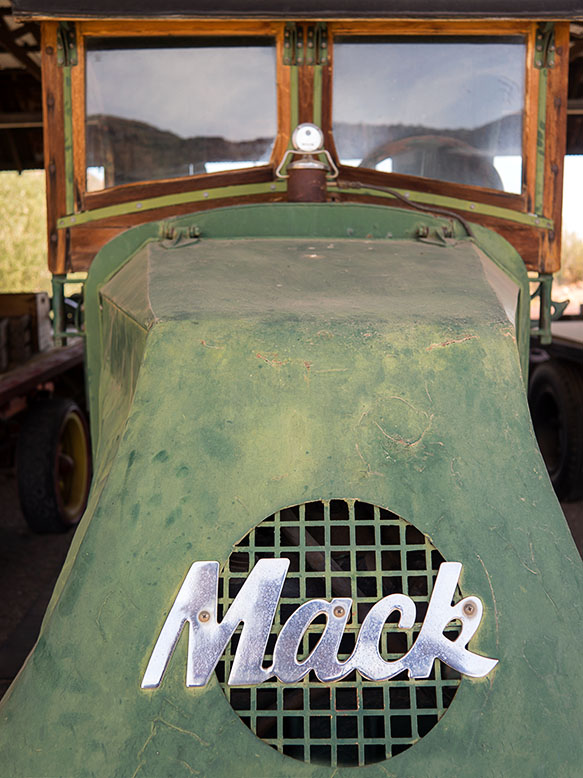
After Charles Robson acquired the mine, he offered to buy Wilber’s collection and the two men finally struck a deal when Charlie promised that the collection would stay intact on Robson’s property. The ink on the signatures hadn’t dried yet before more than 250 truckloads moved decades of mining history to its new home. For ten years Charles, his wife, Jeri, and their sons reassembled the buildings and filled them with the collection’s artifacts. After Charlie died in 2002, Jeri carried on the dream, and toward the end of her life sold the place lock, stock, and barrel to Western Destinations Corporation—the present owners—on the stipulation that nothing ever leaves the property.
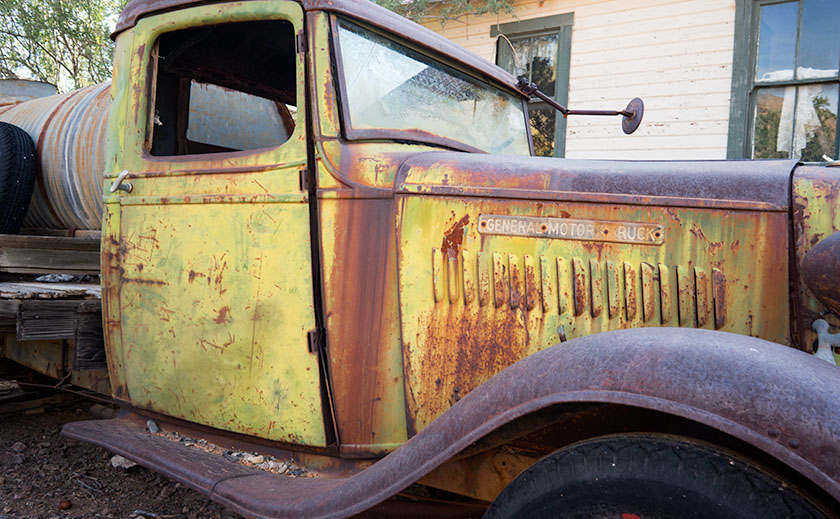
There’s a small garden in front of the Opera House where we sat in a mesquite tree’s shade as Brett Bishop told me this story. He’s the current caretaker and he and his family live on site. He’s a young man, and when he’s not greeting visitors he keeps busy unpacking the remaining crates and creatively arranging the contents for display. It’s easy to tell—from the tone of his voice and the sparkle in his eyes—that he loves his job. He calls Robson’s a living museum and he often must unravel the mystery of the items he finds in the boxes.
If you’re a photographer interested in nostalgia, I highly recommend a visit. The cost is $20.00 per person which goes toward upkeep. Don’t count on food or entertainment and even the restrooms are period authentic—that’s right; crescent moons. The mile-long dirt road is navigable by a sedan, except after heavy rains. I know that Robson’s will become one of my resources.
Until next time — jw

